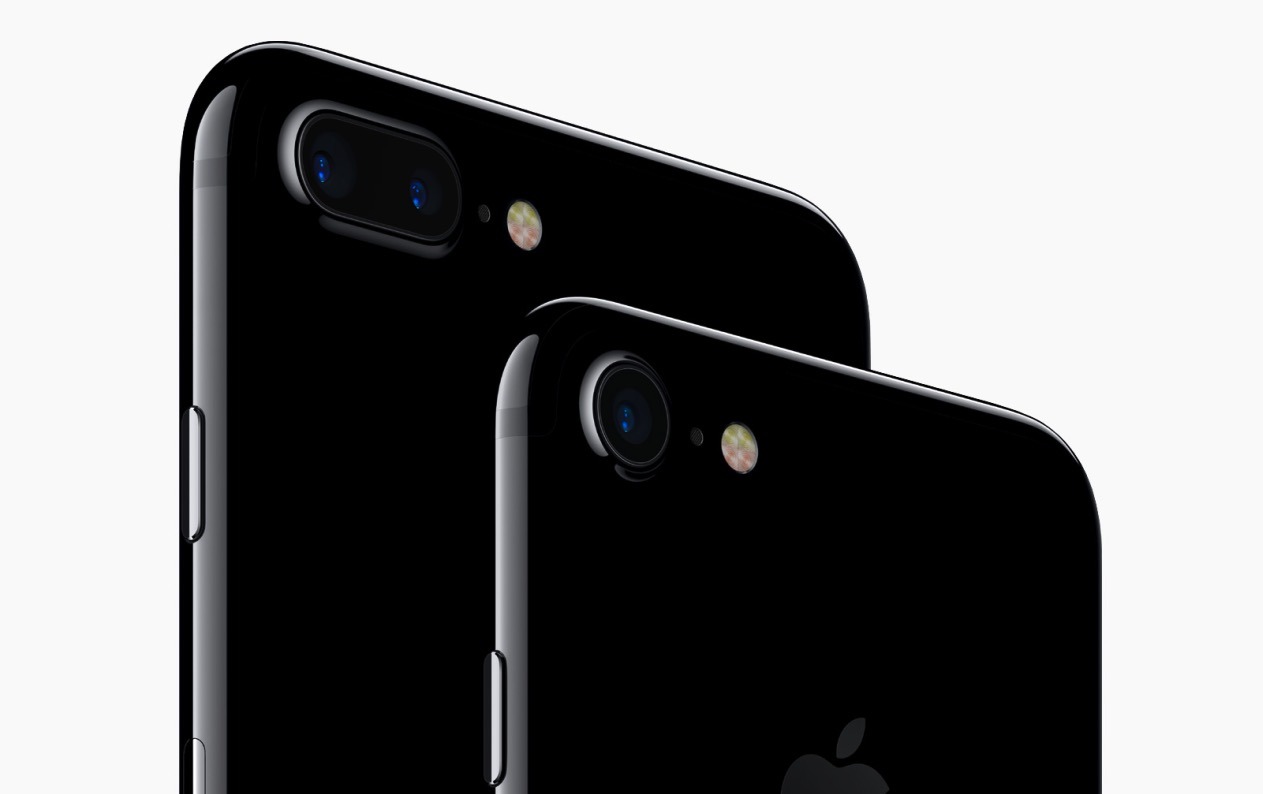Supply chain reports claim Apple will gain smartphone marketshare in 2016, 2017
New supply chain reports suggest that the global smartphone market will expand 7 percent in both 2016 and 2017, with Apple both the only US-based company on the list, and closing the gap with Samsung.
According to supply chain monitor DigiTimes, Samsung Electronics will likely continue to lead as the number one vendor, and Apple will rank second and manage to narrow its annual shipment gap with Samsung. Apple's product mix will continue to dominate the high-end of sales, while Samsung's spans the range from near-free to flagship offerings.
The report claims that Samsung's shipments will at best stay flat in the second half of 2016 and the first quarter of 2017, with only a 2.2 percent growth in 2017 — proportionately less growth than the market expansion.
Samsung had projected to manufacture between 12 and 13 million Galaxy Note 7 smartphones for the second half of 2016. However, after reports started gaining traction of a problematic design causing fires, the company adjusted its projected manufacturing volume and cut the number by around half in late-September.
Since Samsung is unlikely to be able to re-design and re-release a new flagship smartphone to replace the Galaxy Note 7 before the end of 2016, Digitimes predicts that Samsung's total smartphone production for the fourth quarter spanning all of its phones will drop from around 80 million units in total, estimated after Samsung cut its Note 7 manufacturing volume by half, to only 70-75 million units.
The Apple iPhone 7 family is expected to sell around 75 million units before the end of 2016, with some estimates putting that number closer to 100 million. Apple last held the crown for largest smartphone vendor in the fourth quarter of 2010.
Additionally, Apple's sales are expected to grow 12 percent in 2017, supported by the 2016 release of the iPhone 7 family, as well as the release of a next-generation phone late in the year.
Huawei, Oppo and Vivo are expected to take the next three positions in 2017. Indian vendors will hold three positions on the top 20, staying roughly in the same positions as they are currently.
While Digitimes has a notoriously bad track record for predicting specific details in new Apple products, it is a reliable supply chain monitor, drawing on many points of data from suppliers and component manufacturers.
Apple's next iPhone release is expected some time in 2017. The phone may feature a complete casing redesign with an edge-to-edge OLED display, with the Touch ID sensor, home button, and FaceTime camera concealed behind the screen.
 Mike Wuerthele
Mike Wuerthele











 Marko Zivkovic
Marko Zivkovic
 Amber Neely
Amber Neely
 Christine McKee
Christine McKee
 Malcolm Owen
Malcolm Owen
 Mike Wuerthele and Malcolm Owen
Mike Wuerthele and Malcolm Owen

 William Gallagher
William Gallagher








